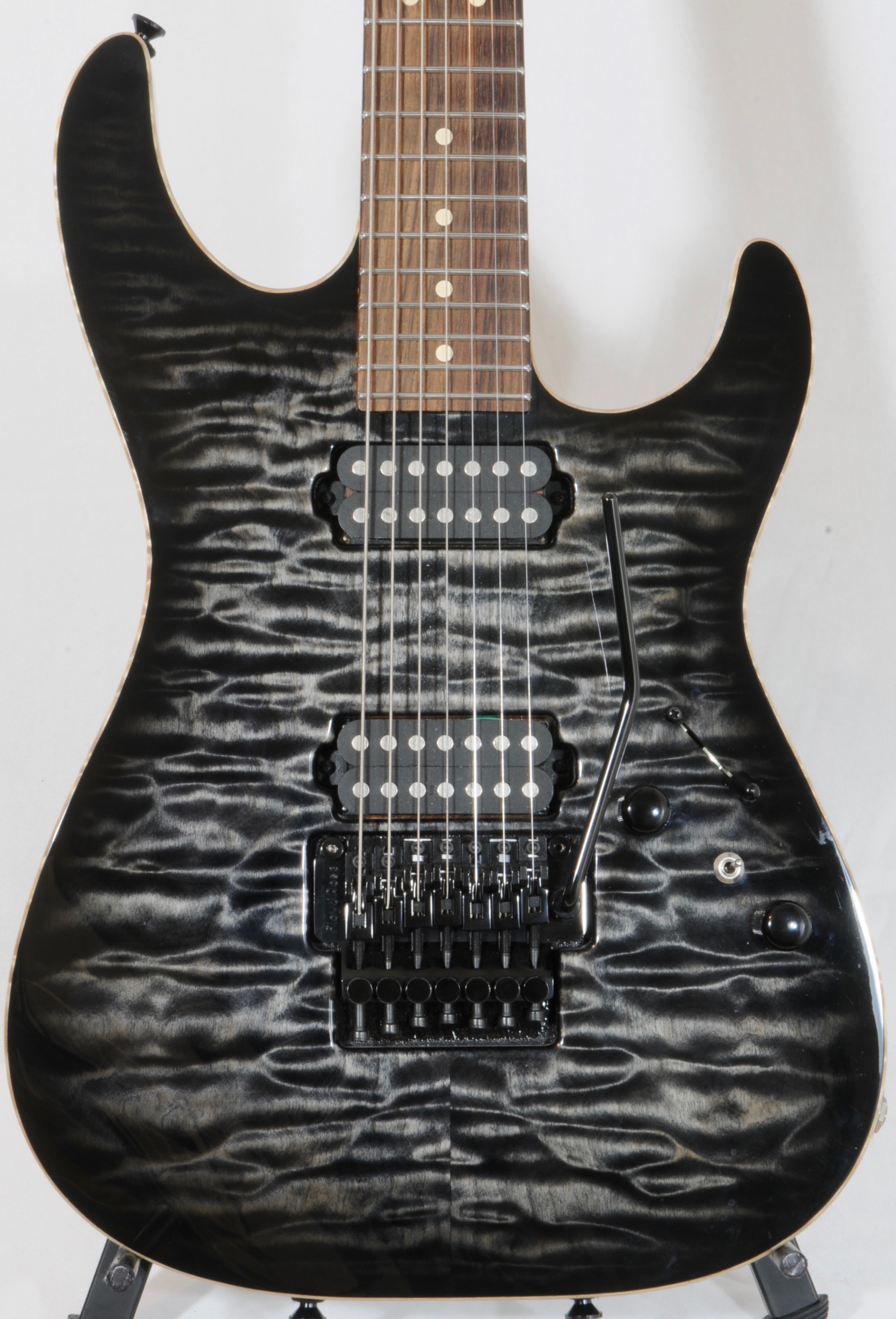

Recording ran from early July through mid November with producer Jimmy Miller and engineer Andy Johns, both of whom had also established residence in France. The Stones’ mobile recording unit was brought across the channel and set up at Nellcôte in June. Nellcôte (nicknamed “Keith’s Coffee House”) became the group’s de facto headquarters. Keith rented Villa Nellcôte in Villefranche-sur-Mer, a low-key town on the Côte d'Azur, about four miles east of Nice and six miles southwest of Monaco. The group made a formal announcement that they and their families were going to leave Great Britain and settle in southern France, where they planned to write and produce new material for their upcoming album, Tropical Disease (later changed to Exile On Main St.). They made quite a lot of money, the British government – 98% of every pound.” In a way, it was a great thing for the band because everybody had to look each other in the eye and say, ‘All right, we’ll do it in exile – in France.’ Mind you, we were pretty pissed off. That didn’t work, so they put the financial screws on. First, they thought they would just come after us for the dope and pills and stuff.
#Tom anderson guitars factory tour full#
The full weight of the British Empire came down on us. Before we started Exile, I guess we hadn’t realized quite how fragile civilization is. “We went to France because the British government had got a hard-on about a rock and roll band,” he said bluntly. Keith looked at the situation as a way for Great Britain to rid itself of this troublesome lot. It was a tumultuous time for the Stones, as they had just left England as tax exiles.Īt the time, the British government had a staggering 90% tax on earnings over £15,000 per year. recording sessions held in the south of France. The 1954 Fender Telecaster first arrived in the Stones’ camp during the band’s infamous 1971 Exile On Main St. But the most magical guitar I laid my hands on was the Fender Blackguard Tele named Micawber – the guitar Keith received on his 27th birthday from Eric Clapton. While researching and writing my book, The Rolling Stones Gear, I had the pleasure of examining, cataloging, photographing and even playing some of Keith’s guitars.Īs a fan, the act of holding and playing Keith’s guitars sent chills down my spine. With a career spanning over 50 years and counting, Keith’s arsenal of guitars has grown quite massive.

Charlie Watts, drummer for the Stones, has said on numerous occasions that he and the band take all of their cues from Keith who commands the stage with his rhythm and riffs.

Instead, the band follows Keith Richards, their human riff machine. Most bands traditionally play to a drummer, but The Rolling Stones have always been different.


 0 kommentar(er)
0 kommentar(er)
